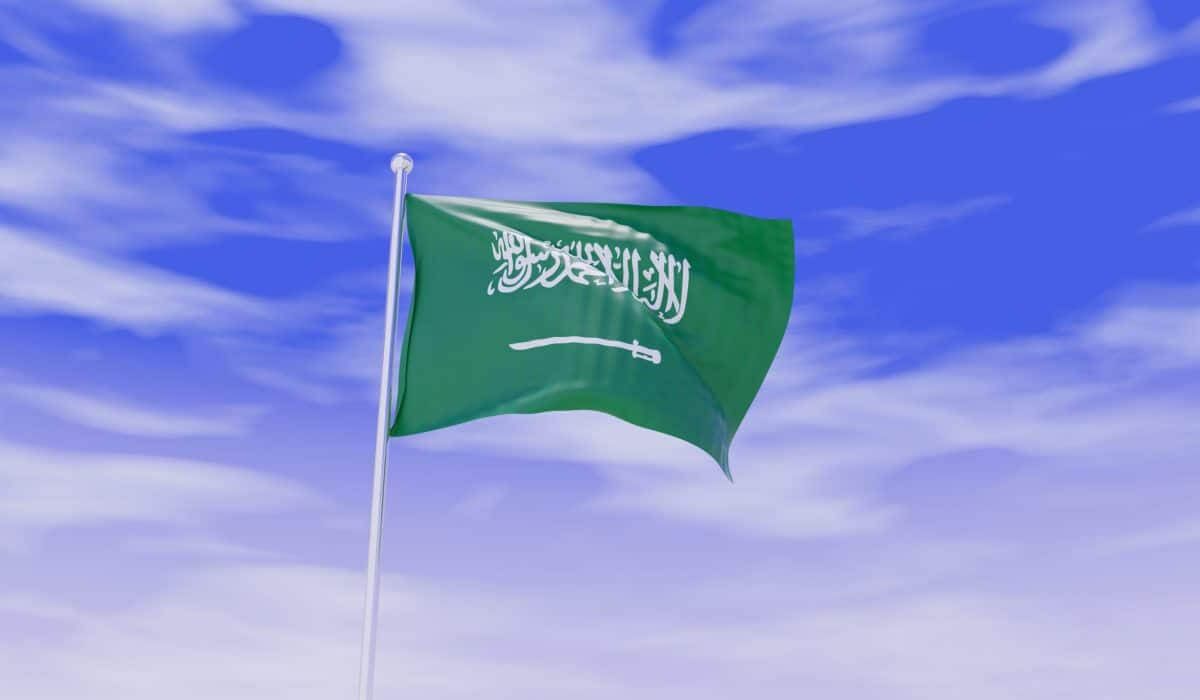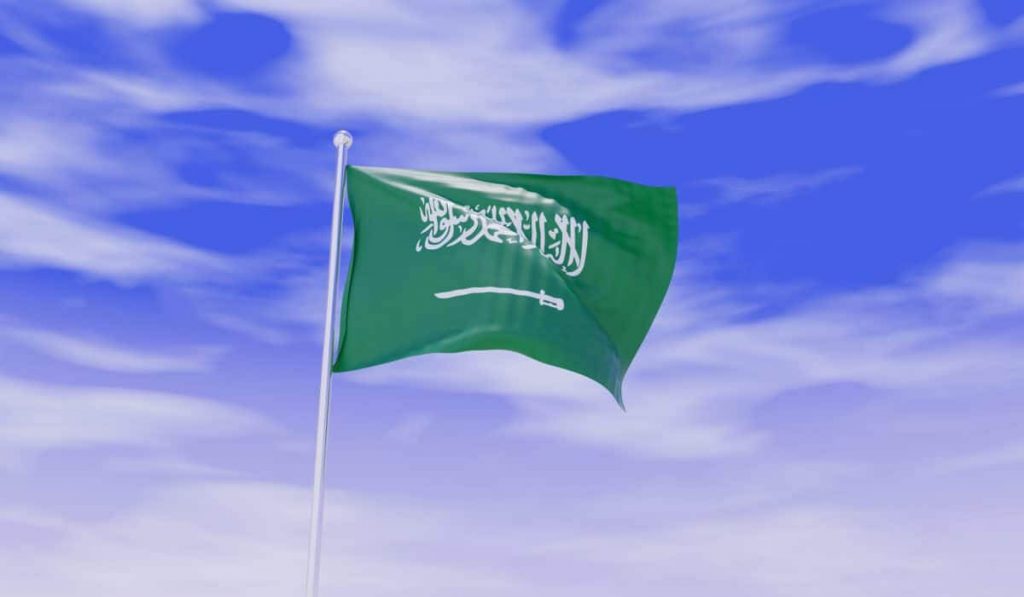
Saudi Arabia’s Economy: inflation rate dropped to 2.9%
Saudi Arabia’s economy appears to be quite powerful on paper. It has a cutting-edge military, and it ranks among the top five defense spenders globally. Saudi Arabia, however, is not thought of as a regional force. Nearly 63 billion dollars are spent annually by Saudi Arabia on its military. Its budget has occasionally surpassed that of India, which is considerably larger and a global nuclear and naval power. It’s very interesting to look at the economical situation of the country at the end of 2022.
According to government data released on Thursday, Saudi Arabia’s annual inflation rate decreased to 2.9% in November from 3% in October, with price increases primarily being caused by housing prices. According to Saudi Arabia’s General Authority for Statistics, consumer prices grew 0.1% over October.
The overall increase in housing, water, electricity, gas, and other fuels increased by 4.7% as a result of the 5.4% increase in housing rents. Food expenses climbed by 3.6% while transportation costs increased by 4% in the past few months, which has been the main cause of rises.
In its recently announced budget statement, the Saudi government predicted that by the end of 2022, inflation in the kingdom will average 2.6% “given the exceptional global circumstances.”
With a surplus of 2.6% of GDP this year, Saudi Arabia’s fiscal balance is in better shape than it has been since 2013. Additionally, it increased its estimate of GDP growth for 2022 from 8% to 8.5%, helped by an increase in non-oil private sector activity.
More about Saudi Economy
Governments in the region have also taken steps to reduce the effects of rising prices, such as capping fuel prices, even though the majority of Gulf central banks have increased interest rates in line with the Federal Reserve’s decisions, most recently on Wednesday. Because oil prices have not increased after reaching over $110 per barrel two and a half years ago. Per barrel, it is STILL about $50. This has a variety of knock-on effects that lessen the impact, but that is the fundamental fact.
Inflation, stagnation, and competitiveness are further facts. The low price of oil is mostly due to Saudi Arabia; at this price, they can bare making a profit. Saudi Arabia effectively set the price at this level. Russia, Iran, and other countries cannot profit from the current cheap price because their production costs are higher. Some American shale is profitable, some is not, making it a wild card. It’s a great moment to generate oil.


